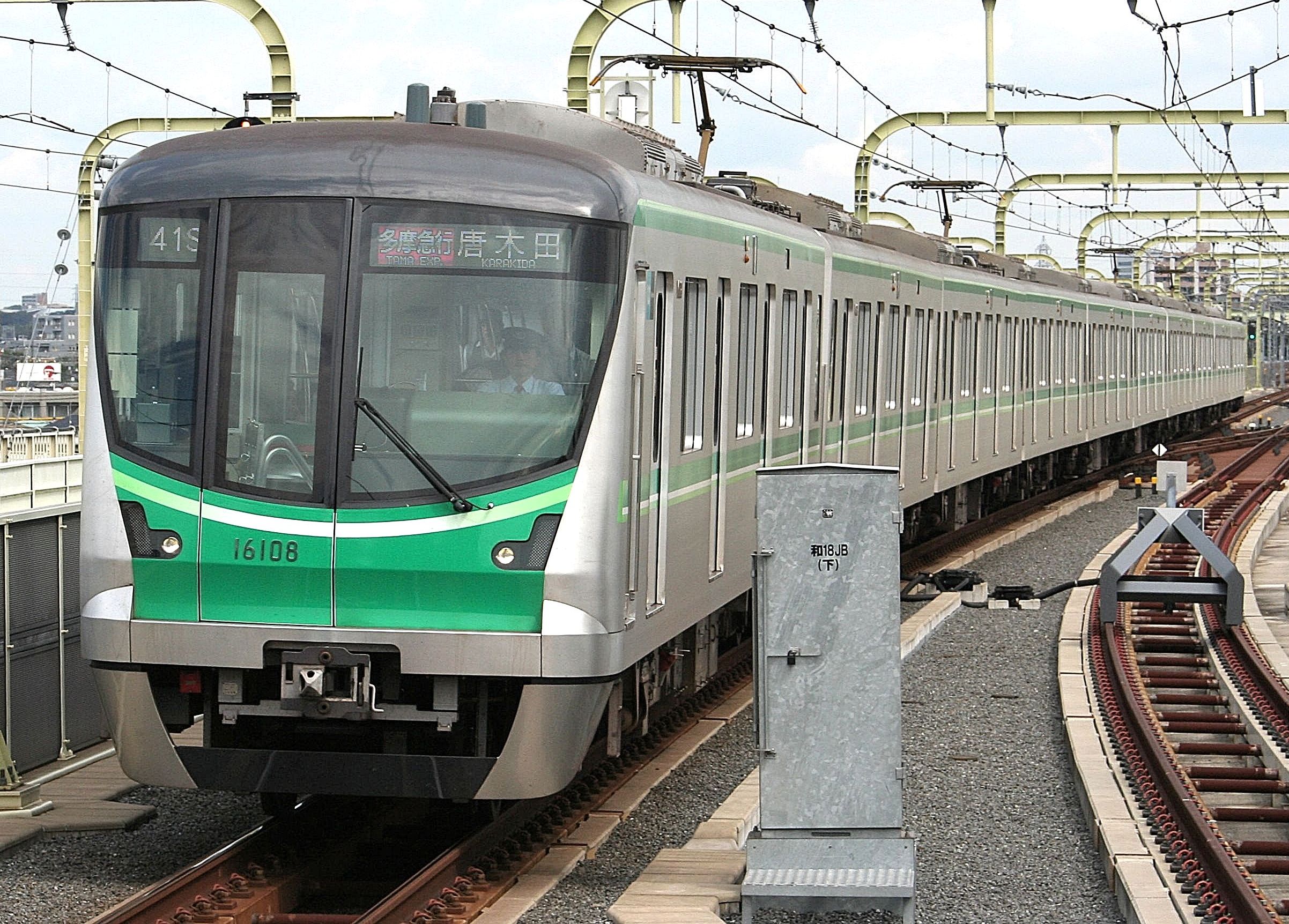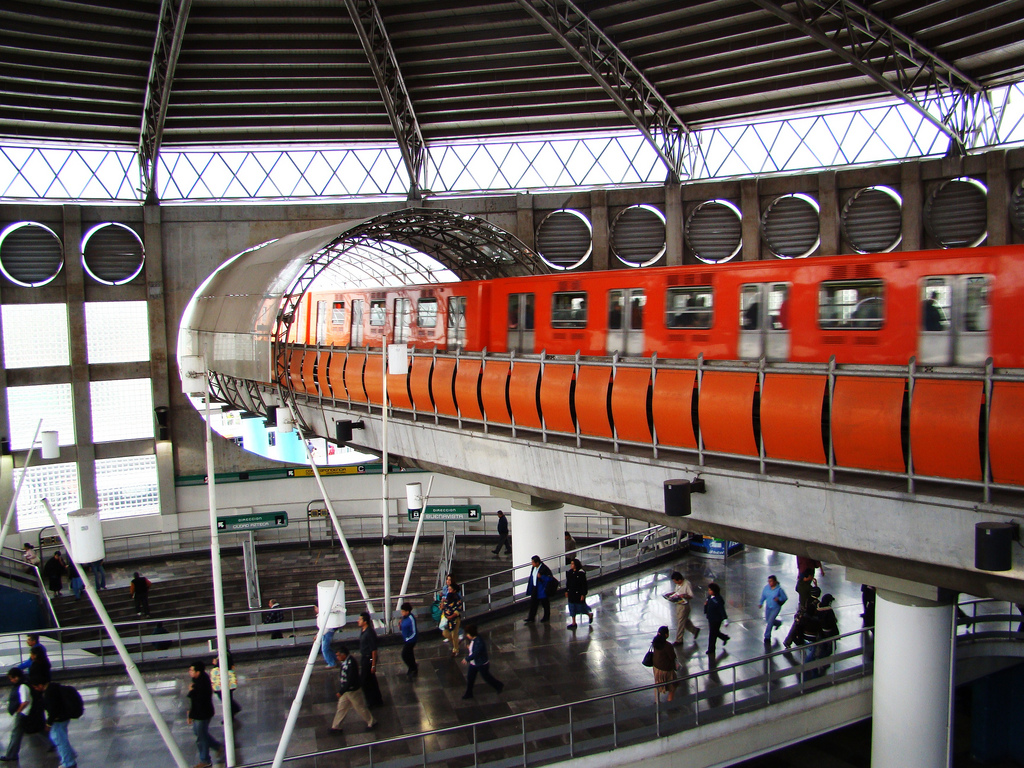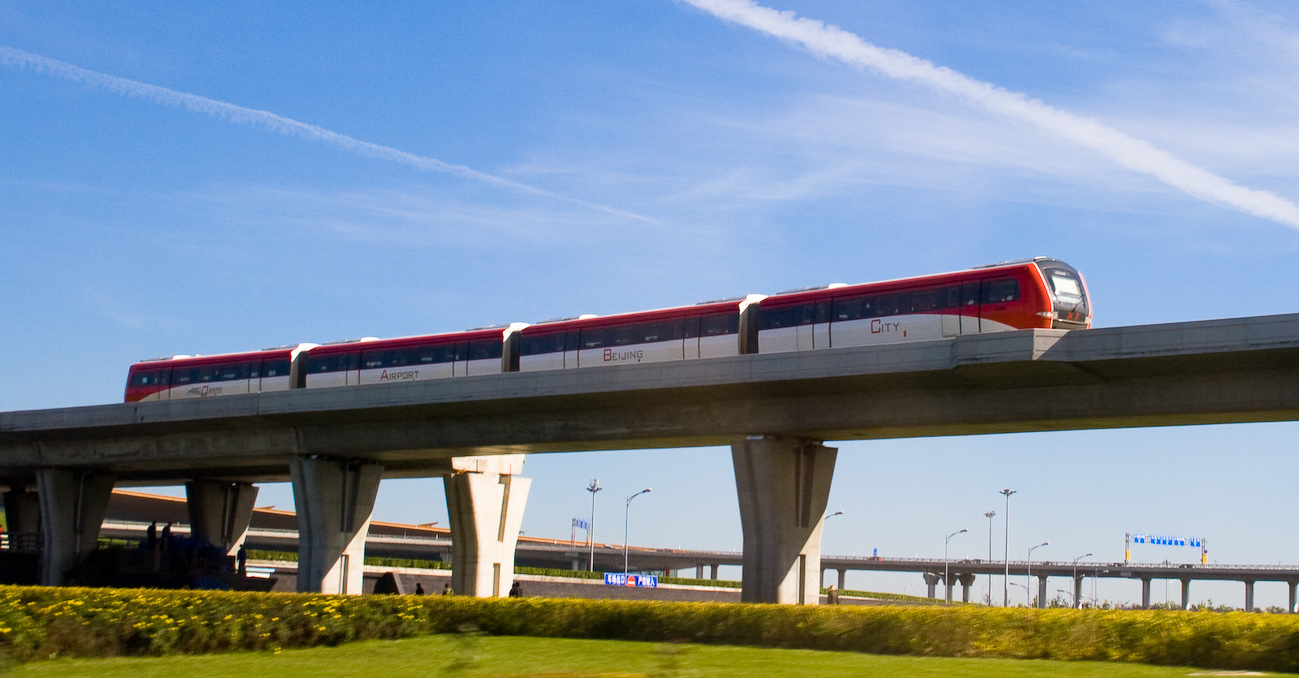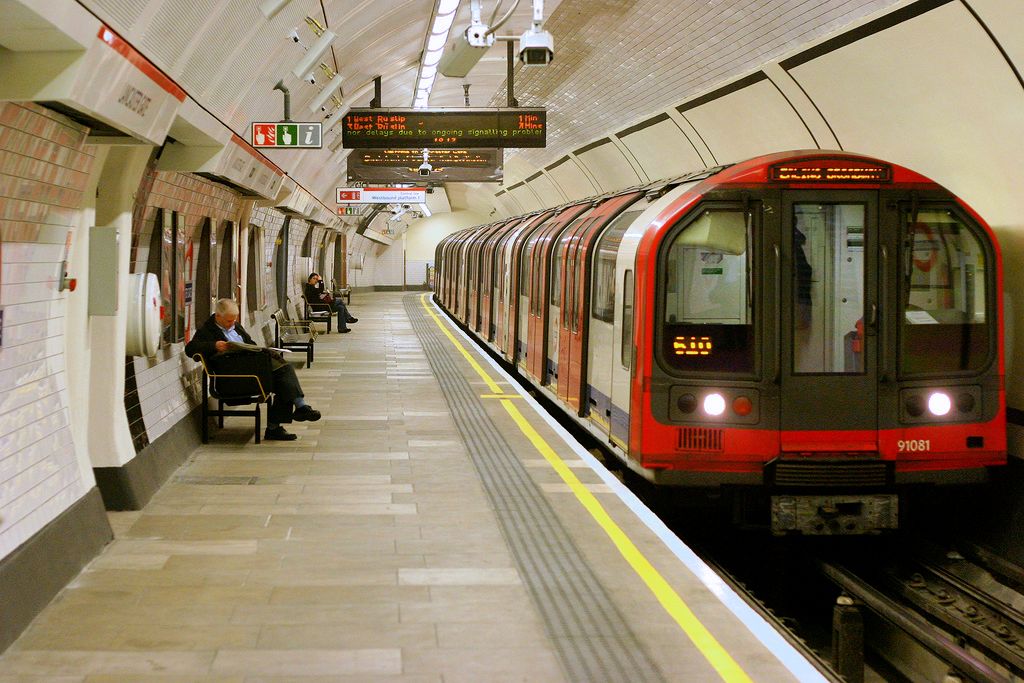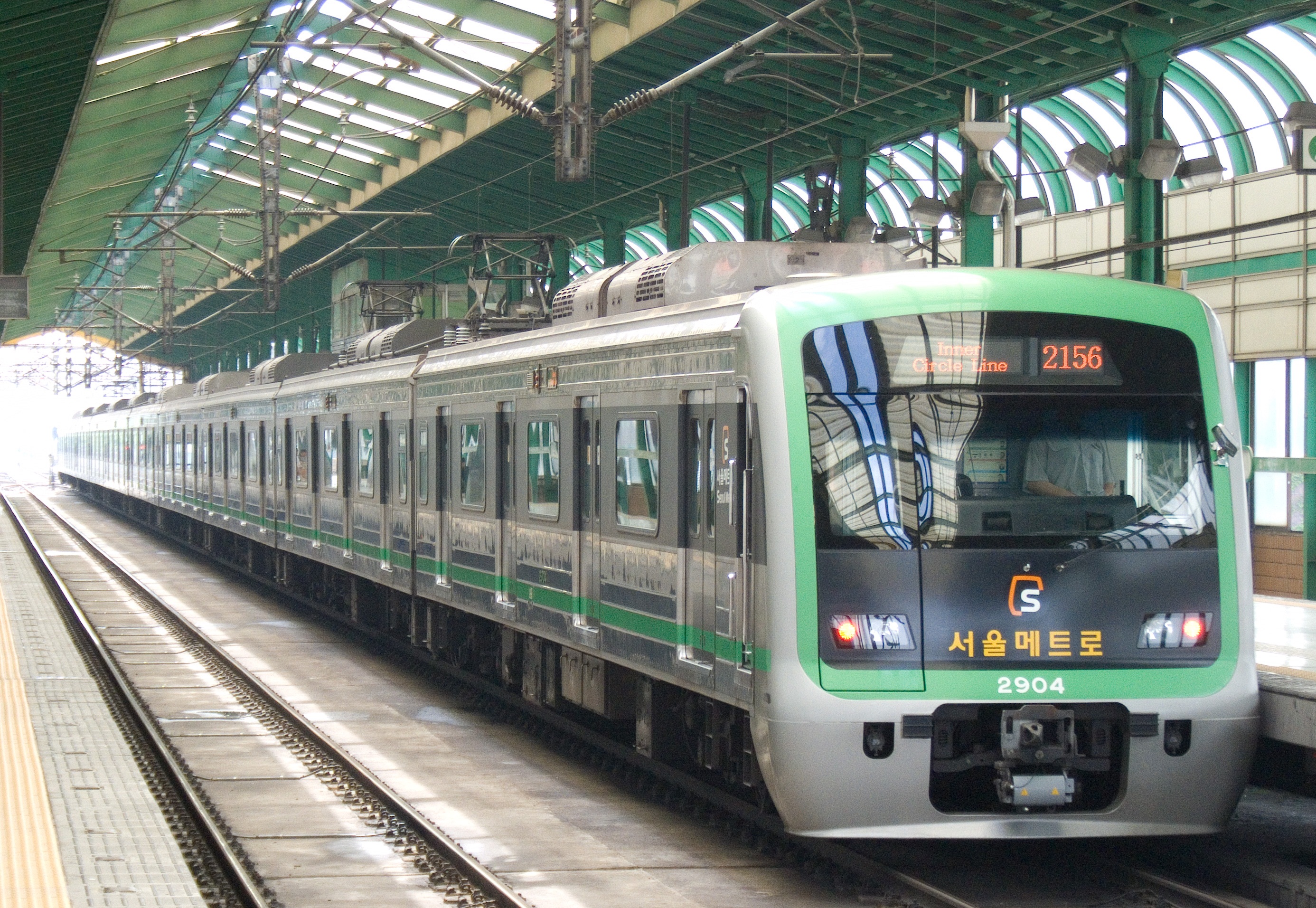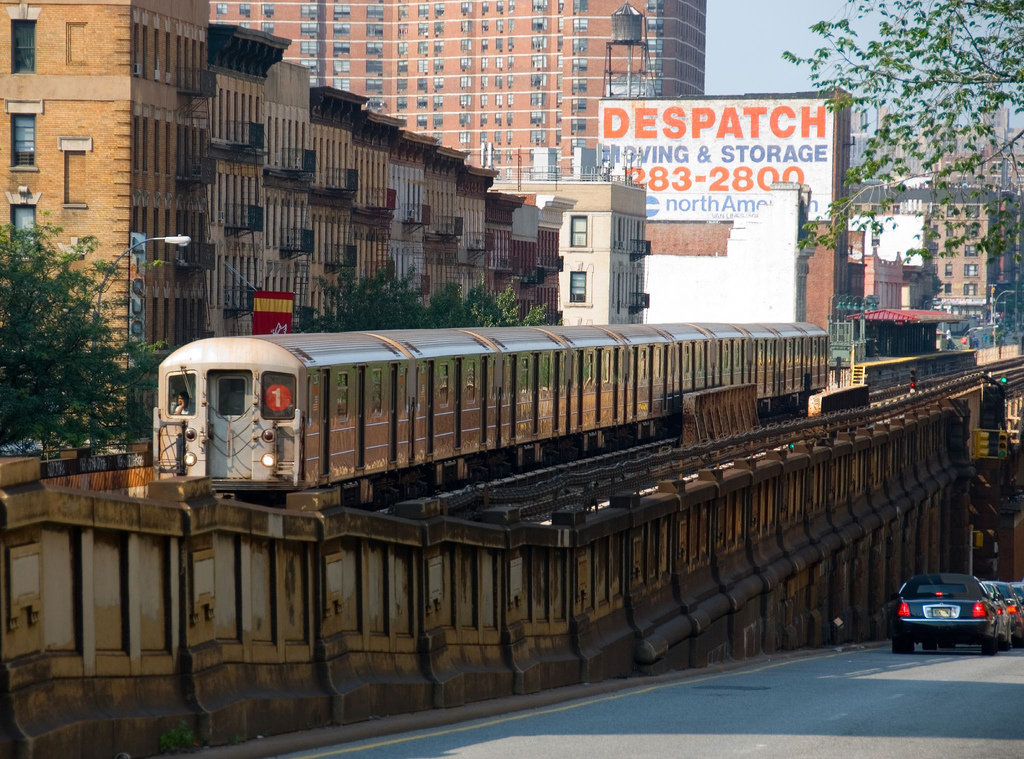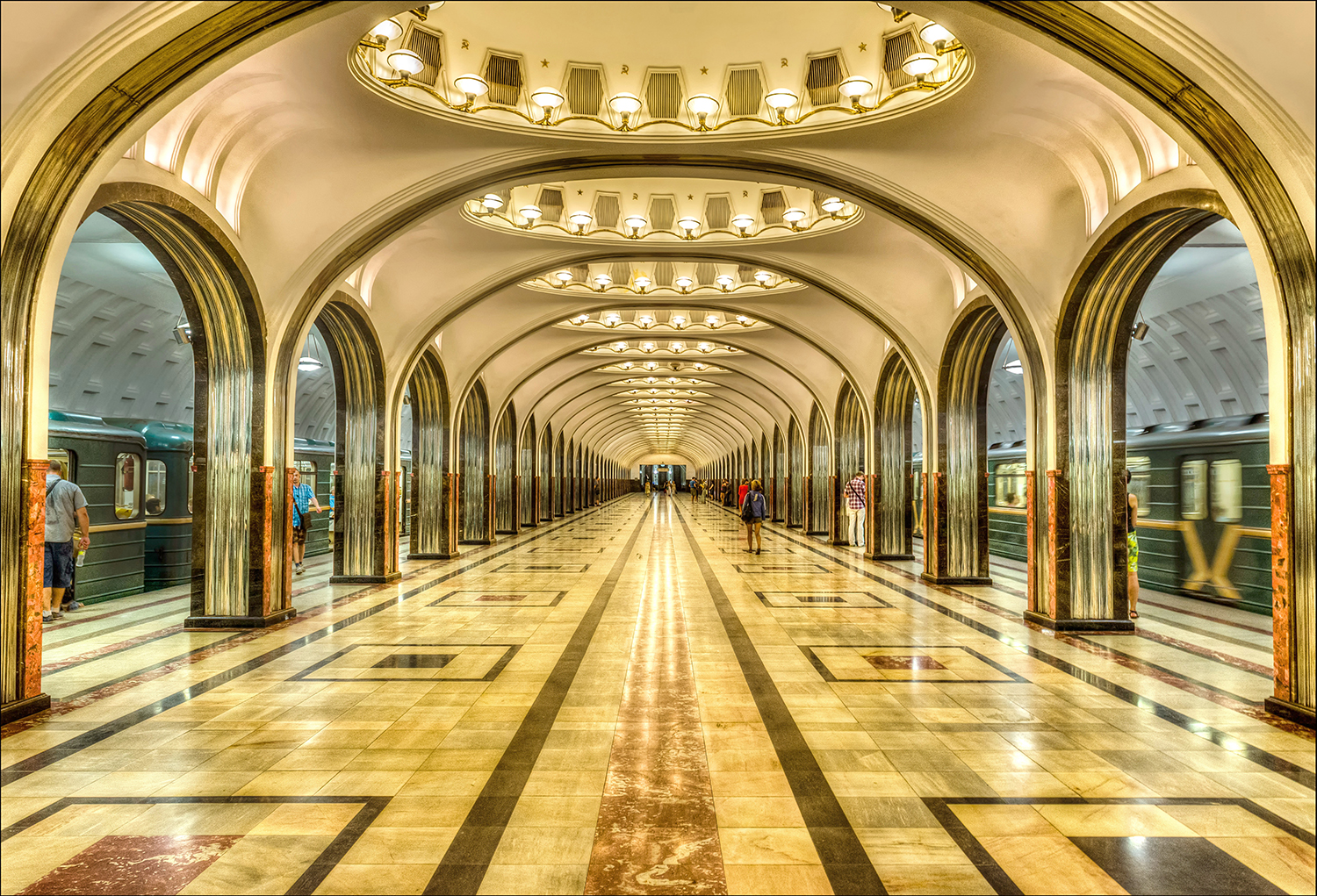
Top 10 Longest Metros in the World
Metro stations, known alternatively as subway station, metro, subaway, or underground, are the type of transportation that is distinguished with high speed. Metros often have different gates in the street and usually with the name of the company to which the metro belongs; this works as a landmark for riders who use metros as a means of transport. Metros around the world compete among each other in different things like architecture, speed of metros, number of stations they cover…etc. The largest metros are often the ones in located in city capitals, they tend to serve the biggest number of people as a result. So let us see which wins the competition.
10 The Tokyo Metro in Japan
The Tokyo Metro in Japan is the tenth biggest metro in the world. It has above hundred stations that cover many places in Tokyo. The distance the metro covers is about 195 km. As one of the main method of transportations above 2 billion people use it in Japan per annum.
9 The Moscow Metro in Russia
Based in the Russian capita, the Moscow Metro is one of the biggest in Russia and the world. It covers a longer space than the Japanese metro and receives a bigger number of people. Covering around 325 km, the metro serves every year around 2.5 billion people. It is important to mention that the Russian metro is known for its beautiful design.
8 Mexico City Metro
The metro of the Mexico City, compared to the Japanese, is covering a longer space but serving a smaller number of people, however. The metro reaches around 195 stations in the city to serve 1.6 billion people in an area of 226 km.
7 The Beijing Metro Station in China
The Chinese capital, Beijing, is home for one of the fastest metros and the largest stations. The massive number of Chinese people affected nearly everything and of course its metro. With 323 stations, the Beijing metro station, known as Beijing Subway, receives over a hefty three billion people annually.
6 The Shanghai Metro in China
As we said the big number of Chinese population makes it take up more than one spot! This time it is in Shanghai. The Shanghai Metro reaches over two hundred stations that covers an area of 538 km and serves 2.5 billion people a year.
5 The Tube London Underground Metro
London Underground known as The Tube which is one of the oldest metro stations in the world. It was built as an underground railway in the second half of the 19th century, followed by an electric one just thirty years later. The metro’s 400 km serve around billion people each year.
4 The Seoul Subway in South Korea
Known as The Seoul Subway, the Korean metro covers a distance of 327 km which reaches 296 stations in Seoul. This network serves a number of 2.5 billion Korean per annum.
3 The Madrid Metro in Spain
The Spanish capital Madrid is serving 500 million people every year. The network of stations counts up to 300 which make it one of the most widespread. The system was inaugurated in the beginning of the 20th century and covers 293 km.
2 The Paris Metro in France
In the very beginning of the 20th century, the French station was in inaugurated in the capital Paris. It used to cover 214 km reaching 303 stations and serving 1.5 billion French people. The system has a reputation of being one of the fastest in the world.
1 New York City Subway in United States
The busiest metro station in the world is based in New York. Known as New York City Subway, the network was built in 1904 and is one of the oldest stations to come into existence. It covers an area of 373 km and serves 1.7 billion people every year.
If your country has one of the largest metros, give us a comment about the inside of it. Ar things the way we read about them? Let me hear from you below.

